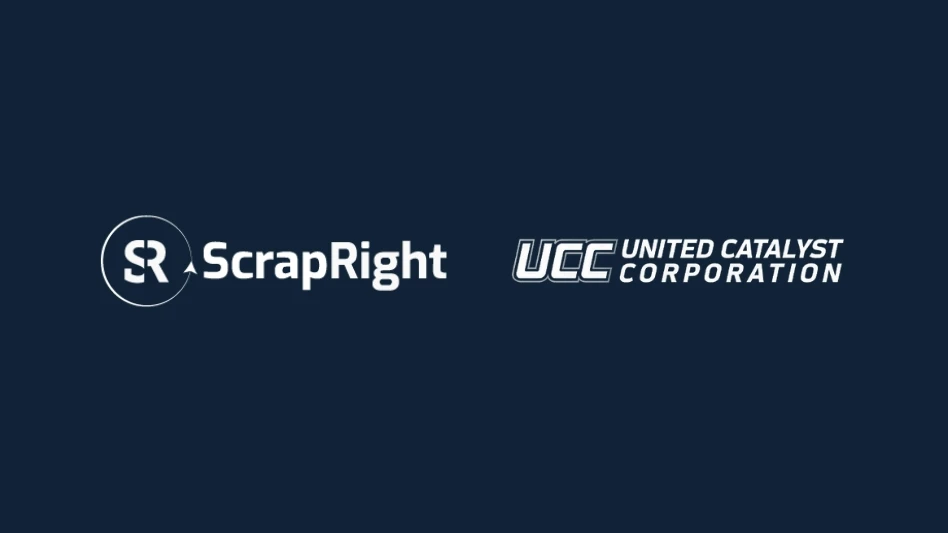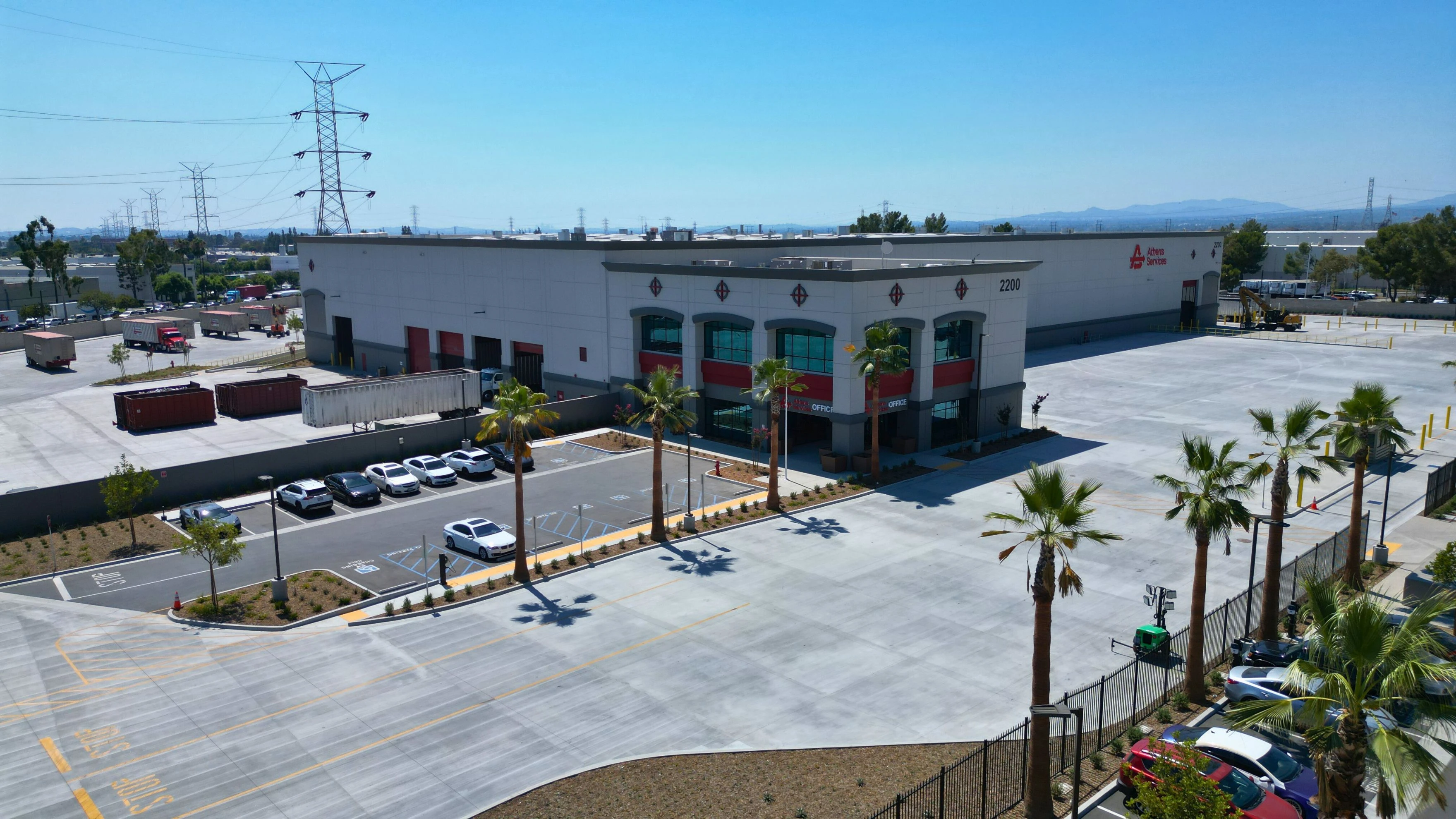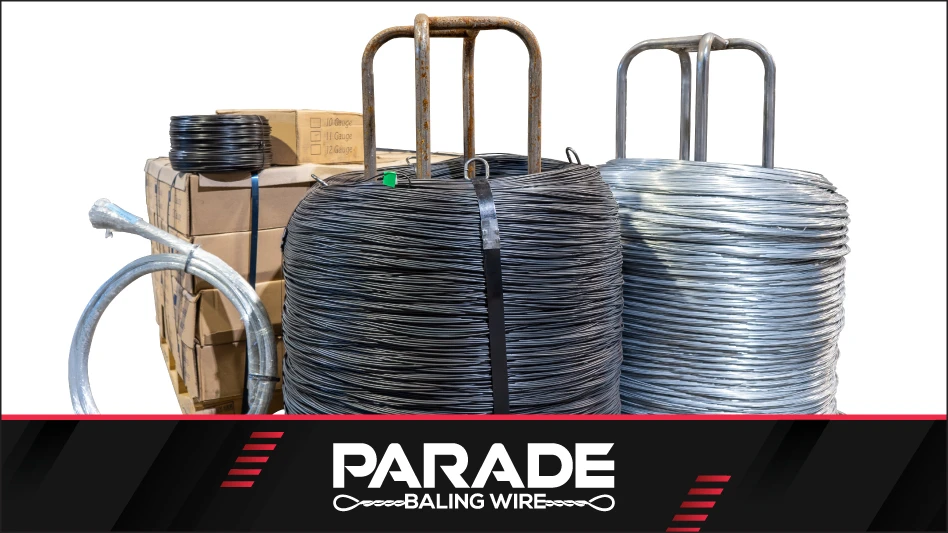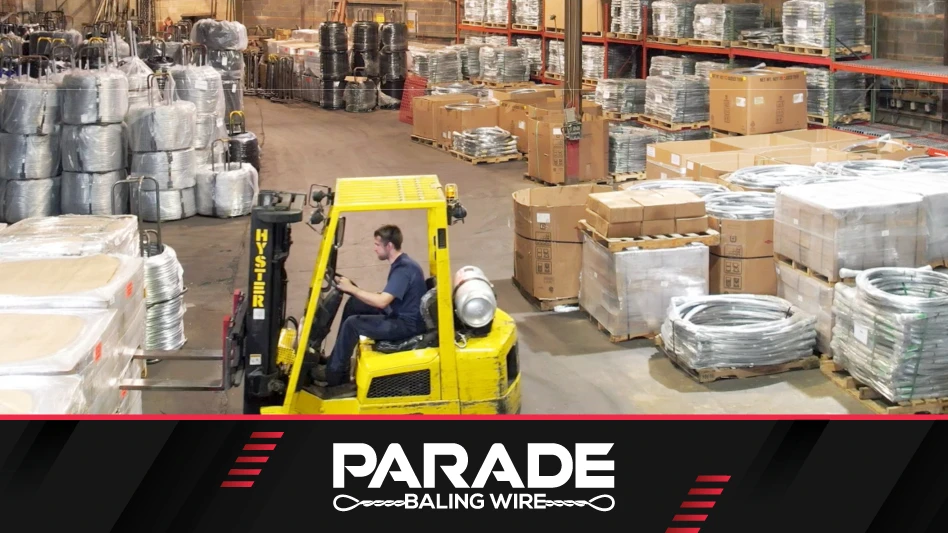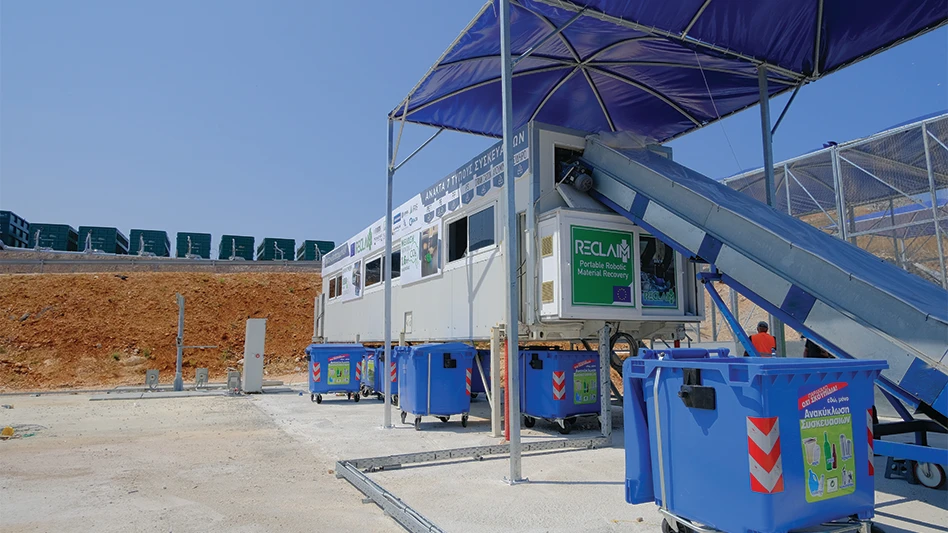 Environmentalists around the country have been pushing for a “sustainable plastic,” and companies have responded with what, at first glance, seems to be the silver-bullet solution: degradable plastic.
Environmentalists around the country have been pushing for a “sustainable plastic,” and companies have responded with what, at first glance, seems to be the silver-bullet solution: degradable plastic.
Degradable plastic in its many forms has penetrated the market with various claims of eco-friendliness; life-cycle completion; organic recycling through biodegradation and composting; and their use of renewable resources in production. These claims tap into environmentalists’ goal, and I can say this because I am an environmentalist and remember feeling a sense of relief at the first sight of “green plastic.”
However, much confusion still surrounds the different types of degradable plastics, their proper disposal and the environmental benefits they offer.
States are trying to increase their plastic capture rates to meet demand for recycled plastic feedstock from manufacturers. North Carolina, in particular, has recently doubled the recycling rate for plastic bottles and is still working to increase that number to meet demand. According to the North Carolina Department of Environment and Natural Resources (NCDENR) 2013 Study on the Effects of Degradable Plastic on Recycled Feedstocks: “[D]egradable plastics are a cause of concern, and particularly when degradables are used in bottles and other containers that are being increasingly captured in collection programs.”
Plastic recycling processors and manufacturers who use recycled plastic to produce consumer goods have proceeded with caution. Uncertainty concerning costs and end-product integrity in light of the introduction of degradable plastics into feedstock for recyclers remains. In the case of degradable plastics, education is lacking to inform consumers of the proper disposal method for each type of degradable plastic, and consumer behavior dictates the success of a recycling program in a particular community, state or region.
Degradable Plastic Breakdown
There are basically two different types of degradable plastics: neat plastics that degrade and plastics with degradable additives. Each type of degradable plastic was created with a different optimal end use yet frequently claim recyclability as well.
The neat plastic that degrades may be a bioplastic that is composed of plant-based resins designed for composting. Not only are there biobased bottles designed for composting, for example polylactic acid (PLA) bottles, but there also are biobased bottles designed for recycling, such as biopolyethylene. However, the bioplastics intended for composting will not break down in a typical backyard compost operation; these bioplastics instead are intended for commercial composting programs that produce the proper conditions for material breakdown as well as for storage.
Degradable additives can be further broken down into two categories: microbial additives and oxo-biodegradable additives. The additives essentially make up less than 2 percent of the standard plastic product, for example a PET (polyethylene terephthalate) bottle, and claim biodegradability in commercial composting facilities, landfills, anaerobic digesters or bodies of water. The microbial additives attract microbes in landfill or soil environments that consume the PET bottle. The oxo-biodegradation process requires sunlight, air and water, which cause the plastic to break into small pieces as it loses its structural integrity. This type of additive is primarily useful to abate environmental issues associated with litter as it cannot operate in a landfill or compost facility nor can it be recycled using traditional processes. Despite the intended disposal method, both of these types of degradable plastics often also claim recyclability.
After reviewing these different types of degradable plastics, the cause for consumer confusion should be evident. What are consumers to do when they buy bottles containing degradable plastic or a bioplastic bottle? It is unlikely that consumers will research the type of plastic used in the bottle to uncover the intended method of disposal. Hopefully, consumers will not toss these bottles out of the window or into the ocean because the bottles say they are made from plants and will go back to nature.
As in many multifaceted environmental subjects, education is the key to success.
The Degradable Problem
Recycling is used to create a second life for plastics, and the recycling industry continues to work hard to protect the integrity of recycled products as well as to increase the amount of quality reclaimed materials. However, biodegradable plastics can compromise this second life.
Recycled plastic is used as feedstock for consumer goods across the Southeast’s manufacturing sector, providing more than 6,000 jobs. At the core of the recycling industry is the goal to provide the highest quality recycled product that is competitive with virgin plastic material. However, the use of degradable additives can render a product nonrecyclable, limiting the life of a plastic product to one cycle versus the potential to become a market-ready consumer product again and again.
The term “degradable” highlights the problem the recycling industry has with allowing these plastics into the recycling stream. Some of the bioplastics or plastics containing degradable additives are activated at certain levels of heat or exposure to sunlight. When material has the chemical instability to degrade under any number of conditions, the quality of that recycled material is immediately compromised. Studies conducted by various organizations outline the concerns surrounding the breakdown and fragmentation that result from the oxo-degradable additive as well.
If recycled, these plastics end up in the same recycling stream as PET or HDPE (high-density polyethylene) bottles that do not contain the additives. Therefore, the degradable plastics bring their additives to the recycling stream, introducing instability. As a result, not only are recycled plastics processors feeling insecure about the quality of their recycled products, but manufacturers who purchase that feedstock to produce consumer goods also are wary of recycled-content product safety and quality.
A Possible Solution
In 2012, the NCDENR began extensively researching all sides of the argument, talking with industry leaders and gathering opinions from those most affected by the introduction of these new products in the recycling stream. Technology and equipment to operate at high-speed and at industrial volumes do not exist for some types of degradable plastics, and those that do exist for separating some forms of biodegradable plastics from standard plastics are expensive and add steps to the recycling process. Time is money in any business, and the potential in terms of the loss of quality feedstock, total recycled yield or reduced quality of the reprocessed plastic poses major threats to the recycling industry.
North Carolina is home to more than 16 companies in the plastics recycling industry that are responsible for more than 1,400 jobs. These companies put themselves at risk when degradable plastics end up in their feedstock. Imagine an 18-wheeler using strapping that contains recycled plastic to hold its load in place driving along the interstate. This strapping happens to contain a percentage of degradable components from degradable bottles that claimed to be “recyclable.” The heat and sunlight that strapping can endure during the shipping process introduce tremendous risk. The public risk involved in this scenario highlights a company’s responsibility to uphold its reputation for delivering high-quality recycled materials.
Recognizing the value plastic recycling has in North Carolina, the state legislature passed a bill in 2005 that bans plastic bottles from landfill disposal. The amount of reclaimed plastic bottles has doubled in North Carolina since the bill’s passage and helps to meet the demand for recycled plastics not only North Carolina but also throughout the region.
The North Carolina legislature then passed House Bill 315 (HB 315) in the spring of 2013 outlining the labeling of plastic containers. To better educate consumers and to protect the recycling industry, HB 315 places labeling requirements on rigid plastic containers that claim to be degradable, biodegradable or compostable. The labeling requirements for these containers should instruct consumers not to place them in a recycling bin. The labeling requirements also help consumers to understand how to properly dispose of the container. The bill, however, does not prohibit the sale or use of any material.
North Carolina moved forward with this legislation to protect the integrity of the recycling industry. This approach, coupled with more consumer outreach and education, will help to protect and promote the integrity of the recycling industry in the Southeast.
Remaining a Priority
Until there is more certainty and more affordable options for separating the degradable plastics from recycling feedstock, the industry will continue to push back across the Southeast to protect the plastic recycling stream. HB 315 placed the labeling requirement for degradable plastics into the existing statute that incorporates the resin identification code (RIC), which keeps North Carolina consistent with the uniform RIC. Therefore, there is no negative affect on existing practices; instead, there is additional language to clarify the newly introduced degradable plastics found in the waste stream. The bill does not ban degradable plastics but offers opportunities for the science and markets surrounding degradable plastics in the recycling stream to be further developed.
Brevard, N.C.-based Southeast Recycling Development Council (SERDC) Executive Director Will Sagar says: “Plastic recycling is a strong and growing industry. Emotional reaction to littering and landfill disposal has created a market opportunity based upon a perceived greener plastic. This advertising should not be allowed to derail a vibrant industry that provides true environmental and economic benefit.”
He adds, “Steps to educate the consumer for proper choices should be continued to lead to proper reclamation and reuse of reliable resin.”
It is the hope of industry leaders and organizations such as SERDC that other states will follow North Carolina’s example to require plastic labels to educate consumers according to the appropriate functionality of the plastic makeup. This awareness will ultimately allow plastics to be more environmentally friendly through reuse and recycling by removing society’s temptation to believe that degradable, biodegradable and oxo-degradable plastics or the like are the silver-bullet solutions to our waste problem.
The author is program manager for Brevard, N.C.-based Southeast Recycling Development Council (SERDC) and can be reached at elizabeth.jackson@serdc.org.
Get curated news on YOUR industry.
Enter your email to receive our newsletters.

Explore the November 2013 Issue
Check out more from this issue and find your next story to read.
Latest from Recycling Today
- TRP invests $4.25M in FCC Environmental Services’ Houston MRF
- Vanden offers free material analysis reports
- Green Bay Packaging makes personnel moves
- Stainless output rises in Q2 2025
- BDSV, VDM warn against EU scrap export ban
- BIR adds to advocacy staff
- Aurubis invests in emissions control in Germany
- STADLER sorting systems: Designed to perform, built to last
